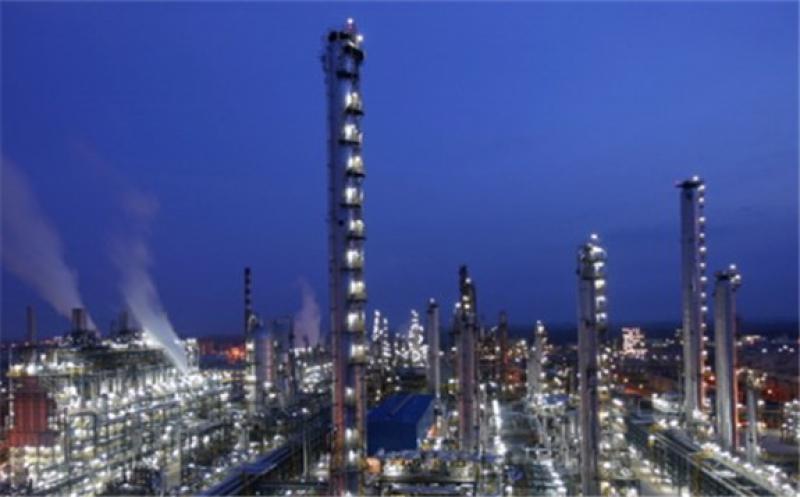Crude oil processing rates in China reached a record last year, rising by 4 percent over 2020 to 14.13 million barrels daily, Bloomberg reported, noting that the increase was led by state refiners.

The state-owned majors had to step in and compensate for drops in production in the independent refining industry as Beijing clamped down on the so-called teapots with a tax on dirtier feedstocks.
This year will likely see further increases in the amount of crude Chinese refineries process as two new facilities will come on stream. One of these, property of independent Shengdong Group, will have a capacity of 320,000 barrels daily. The other, a property of PetroChina, will have the capacity to process 400,000 bpd.
Despite the increase in processing rates, imports of crude oil in China fell in 2021. These were 5.4 percent lower than in 2022 when oil was the cheapest in years, and China took the opportunity to stock up. It is notable, however, that the 2021 import decline in oil imports was the first one in two decades.
Total 2021 oil imports in China stood at 512.98 million tons, which came in at about 10.3 million barrels daily. This was down from 542.39 million tons during the previous year when Chinese refiners were gobbling up as much cheap oil as they could.
China has been the biggest oil importer in the world for seven years now, ever since it began allocating import quotas to private refiners in 2015. Since then, the country has accounted for as much as 44 percent of the global oil import growth and has become a major factor for oil price movements. Over the same period, the annual growth in import rates for China has averaged a solid 10 percent.
For this year, independent refiners will be allowed lower import quotas, at least in the first batch for the year. According to data released earlier this month, import quotas for teapots were slashed by 11 percent.